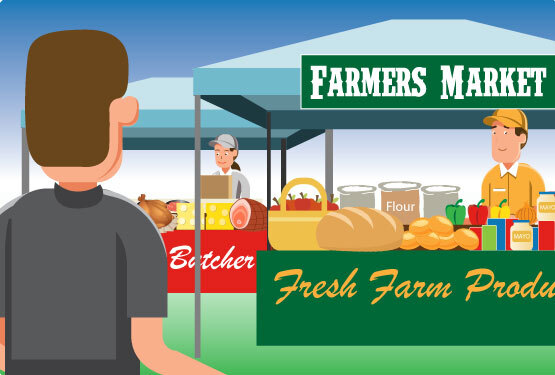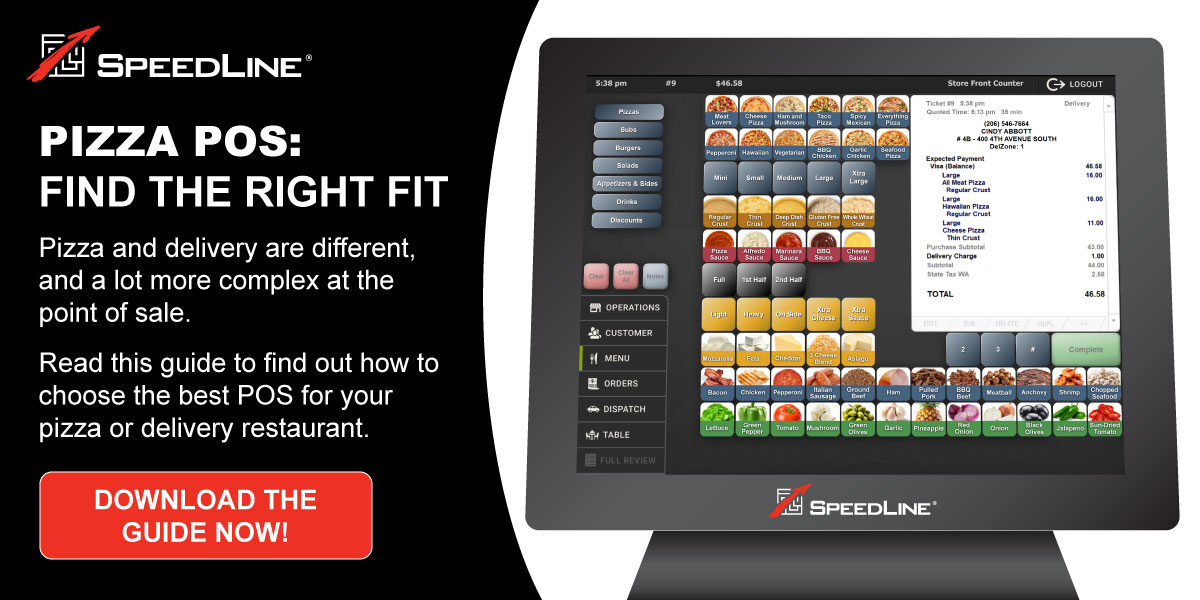As Millenials and Gen Z make up a significant percentage of your customer base, the eco-friendliness of your restaurant becomes more important. This is because 39% and 42% of Gen Z and Millenials, respectively, care about the environment so much that they’re willing to pay more for eco-friendly options. This is more than 1.5 times the number of Baby Boomers who are willing to do the same.
So if you want a bigger slice of these demographics, which make up nearly 140 million people in the U.S. alone, then going green may be the way to do it. Here are a few ways to reduce your restaurant’s carbon footprint without breaking the bank.
1. Switch to Biodegradeable Straws
It’s no secret that plastic straws are terrible for the environment, with straws being the 7th biggest polluter of our oceans. But this doesn’t mean that you need to eliminate straws - several straw alternatives, including paper or sugarcane straws, are far better for the environment. You can also take the Starbucks route and only hand out straws if customers request them.
2. Buy as Many Local Ingredients as Possible
Farm-to-table has become a much more popular concept in recent years, especially for independent or small-chain restaurants. Regarding meat and seafood, 77% of fine dining restaurants offer local ingredients, which increases to 84% for produce.
By jumping on this trend, you can reduce the emissions from transporting the ingredients to your store while financially supporting local farmers. You’ll also become more appealing to your customers, with 38% of consumers prioritizing restaurants that use local ingredients.
3. Replace Energy-Hungry Appliances
It’s in your best interest, financially speaking, to get the most use out of your appliances before needing to replace them. However, there comes a certain point where older restaurant tech may be significantly hurting your bottom line and the environment. Assuming you’re regularly cleaning your equipment, you can expect to get around 15 years out of your dishwasher, fryer, range and oven, and other kitchen appliances.
But even if your equipment is under this 15-year lifespan, it might consume an unreasonable amount of energy, for restaurants, refrigeration, cooking, and lighting account for 73% of total electrical use. So if you notice your lighting using a higher share of electricity than the 17% industry average, it might be time to upgrade to a less energy-hungry LED system. The same goes for refrigeration and cooking, which should account for 28% each.
Even though buying new energy-efficient appliances might cost a pretty penny, it’s nothing compared to the money it’ll save on your utility bills and the peace of mind that you’re helping make your pizzeria more eco-friendly.

The ideal temperature of a walk-in cooler is around 38℉, which will generate sizeable energy and utility bill savings compared to a cooler kept at 35℉.
4. Track Food Waste
It might seem strange to think that tracking something that’s already happened could help you reduce your carbon footprint, but it’s absolutely true when it comes to tracking food waste. By monitoring any food waste within your restaurant, you’ll be able to improve your inventory management and hopefully lower food waste in the future.
Sadly, only 47% of restaurants currently track their food waste. Leaving a lot of money on the table (or rather, in the trash) and making their restaurant less environmentally friendly.
Once you have a detailed record of your recent food waste, you can use this information to alter the ingredient amounts in your next inventory order. If a quarter of your mushrooms spoiled before you could use them, try ordering fewer mushrooms next time and see if your food waste levels change.
In addition to all of these tips, better inventory management, in general, is a great way to improve your restaurant’s eco-friendliness. If you’re interested in achieving a more efficient inventory system, check out our post about these common inventory management mistakes that most pizzerias make.
Posted on Thu, Jul 07, 2022 @ 08:07 AM.
Updated on February 5, 2025 @ 6:09 PM PST.


